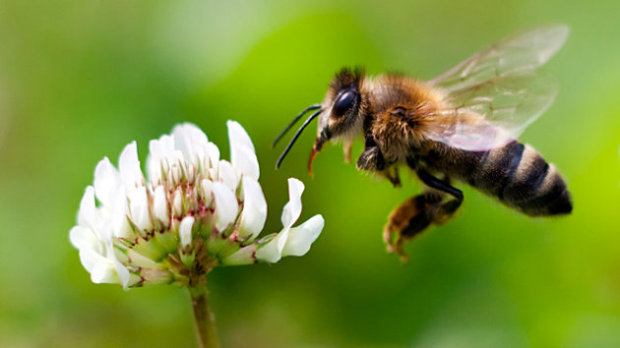
In one bee colony at the peak of strength, at the beginning of June, there can be over 70,000 bees, each of which has its own precise task. And believe me, every bee will not only fully achieve it, but also significantly exceed its naturally set norm.
The bee is exclusively a social being and is incapable of independent living. As a rule, there is one queen in the society that lays eggs from which the most worker bees, drones and some queens later develop. Every egg laid by the queen is the same, but in what form it will develop depends on the fact whether it is fertilized or not. Drones are born from unfertilized eggs and worker bees and queens from fertilized ones, and how the larva will develop depends on the food with which the bees feed the larva that was formed from the fertilized egg. So if the bees decide to replace the queen larvae with royal jelly in order to develop a young queen. The queen is born from an egg in 16 days, a drone in 21 days and a worker bee in 24 days.
The queen is the largest bee and the queen of the bee colony, she is able to lay several tens of thousands of eggs during the year, and she mates with the drone only once in her life, during her first flight out of the hive. Sometimes more queens can be formed in a society, so they can also clash over bees and the home in which they will live. Some queens manage to separate part of the bees and leave the company in search of a new home. In that way, nature ensured the survival and expansion of the species, although for us beekeepers, uncontrolled swarming is a loss of the vital strength of a society.
At the beginning of their life, a few days after birth, worker bees are in charge of household chores, so on certain days of their lives they produce wax, royal jelly, feed on larvae, etc. For example, for the first two to three days, a young newborn bee is in charge of cleaning and heating the clock houses, from 3 to 10 days the bees feed the brood, first the older larvae and later the young ones. Already at an advanced age, ie from 10 to 15 days, bees process nectar, produce honeycombs, clean the hive and at the end of that phase they get to know the surroundings of the hive. From 15 to 20 days, the bees receive a very important task, which is to protect the hive from intruders and thus end their long war period. Only from 20 days to somewhere between 30 – 35 (depending on the time of year, the intensity of grazing…) bees work and just work, collecting honey and pollen. After 30 days or a little later, the bees stop working but do not receive a pension, they usually wander nervously around the hive and wait for the moment of judgment. Young worker bees are able to throw older bees out of the hive because they are useless and consume valuable food. Bees end their lives alone on the ground without the ability to fly, not far from the hive.
What are drones for, some would say nothing, so they call a little less valuable specimens of our species after them. But is that so? Drones are very important for the hive, and their number can be used to sense the strength and health of the bee colony. They contribute so much to maintaining the heat in the hive, especially the litter, they contribute to the work ethic in the hive and after 12 days of life they become fully mature when they are ready to fertilize with the queen. Most drones are found in late spring and early summer, when the company is strongest.
Bees are unique beings and greatly contribute to the chain of life and the unity of nature. The bee is a gift of the gods to man, and we are their destiny that can come to their heads. The biggest problems of bees today are varroa, pesticides and human neglect of nature. Today and in the future, we must make the maximum contribution to the preservation of nature and thus to the preservation of bees, which are more endangered today than ever.
We love the bee and do everything to make it comfortable in our environment, and it richly rewards us with its love.
